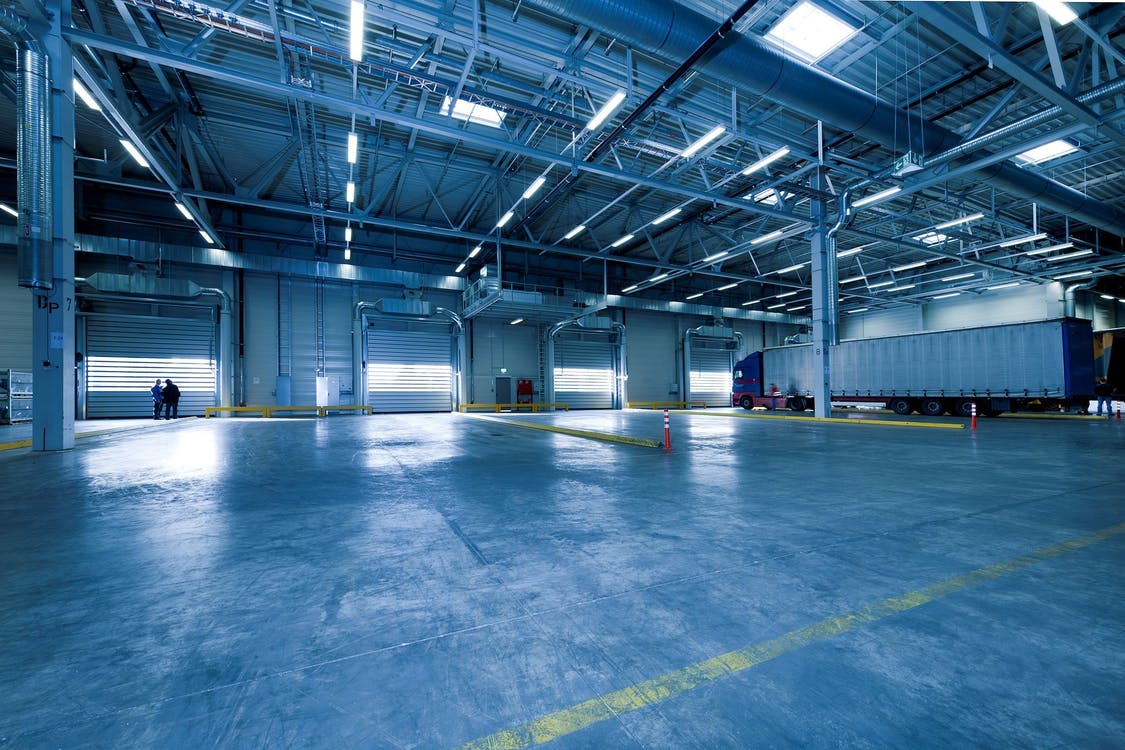You have put in a lot of effort to keep your home looking great, but a heavy rainstorm can instantly wash away all your efforts. Sometimes rain, and even the occasional thunderstorm, may fall on any given day, depending on your location within the country. You may be familiar with dealing with such out-of-season weather, in which case you may know how to prepare your yard best.
However, if you have recently purchased a home, relocated to a different state or city, or have never experienced weather like this, you need to know a few things about prepping your backyard for floods.
Flood Prevention Through Landscaping
You, like most homeowners, are probably worried about flooding in your home. However, not all solutions require you to make costly modifications to your foundation or install an expensive waterproofing system. Soak up some sunshine and get your hands dirty while you learn how to use landscaping to divert water away from your home.
1. Rain Garden
Rain gardens are low-lying landscape features that divert water from your lawn and driveway. They’re created with an altered soil mixture. A combination of sand, compost, and the existing topsoil, this mix allows water to drain quickly and evenly over the surface.
While rain gardens can be planted anywhere in a yard, they are most commonly found along the property’s edge, closer to the street. Plants requiring little care and attention are used to reduce runoff and erosion rates.
For water damage restoration Southlake, you can search the web and connect with a reputable firm to address the problem immediately.
2. Native Plants
What you plant in your yard is just as critical as how you plant it. Plants native to the area serve as a natural barrier against greasy residue and roadway runoff, and they also tend to be more hardy and drought-tolerant.
Due to their more extensive root systems, plants are better able to absorb and filter contaminated water before it can seep into the ground. Furthermore, your garden will be healthier and more beautiful due to the increased number of beneficial pollinators attracted to native plants.
You can visit a website and read blog posts and articles about property restoration and preservation.
3. Grade
One of the essential landscaping rules for preventing basement flooding is to grade away from the house. Before planting seeds or laying sod, you’ll need to ensure the soil is graded away from your house. This gentle incline, along with grass’ inherent capacity to absorb water, allows for an excellent and low-maintenance method of flood control.
Be sure to build a wall or barrier between the siding and the garden plot if you plan to establish or revitalize a garden near the house. A trench should be dug and filled with rocks to prevent water from collecting.
4. Trenches and French Drains
Many houses benefit from hardscaped trenches, French drains, and a barrier along a garden bed. Building a dry creek bed in the yard’s center out of river rock and grading it away from the house is a less complicated alternative.
Many modern homes’ landscaping typically includes installing French drains or perimeter drains. Trenches, lined with tile and rock, extend from the house’s perimeter under the lawn. They divert the water away from your property, typically using PVC piping, and thereby help reduce the water level in your yard.
Websites like www.puroclean.com can show you the importance of water damage remediation and its effects on your property.
5. Gutters and Downspouts
Start checking and cleaning your gutters regularly if you haven’t already. When water cannot flow away from the foundation because gutters are clogged with leaves and other debris, it pools right next to it.
Downspouts are easily dislodged from their proper locations on the house. Pooling water can cause structural damage if not diverted away from the building’s base. Downspouts should be inspected frequently and redirected as necessary. Also, having a drainage area where the downspouts flow and filling it with gravel or river rock will help slow the water’s absorption into the earth.



